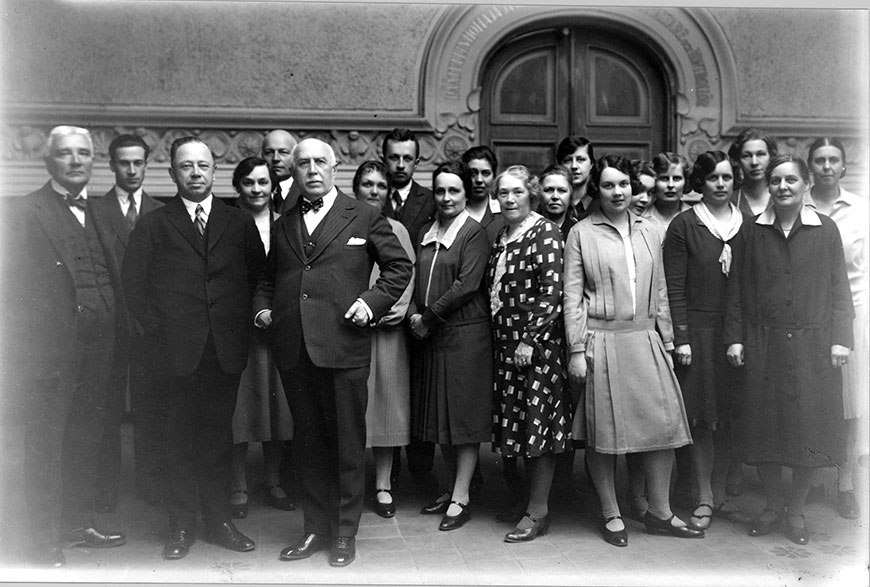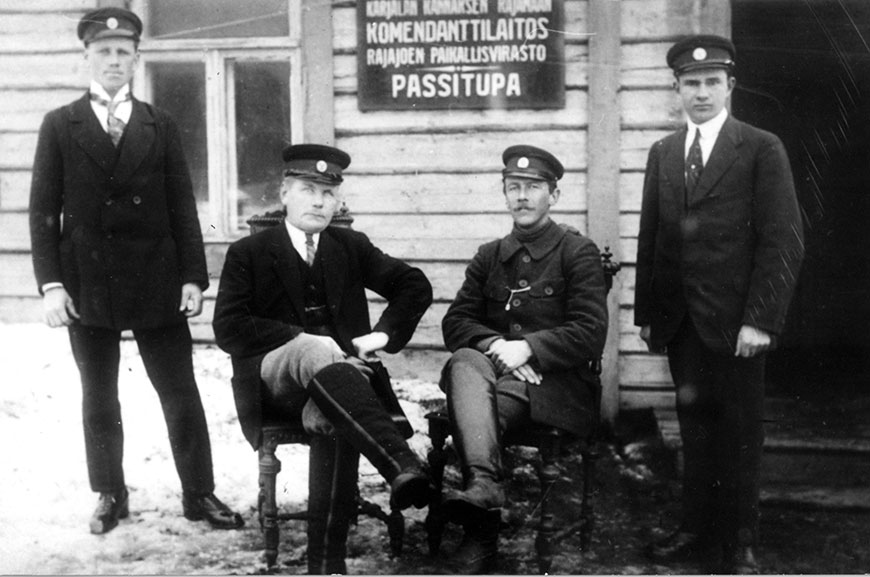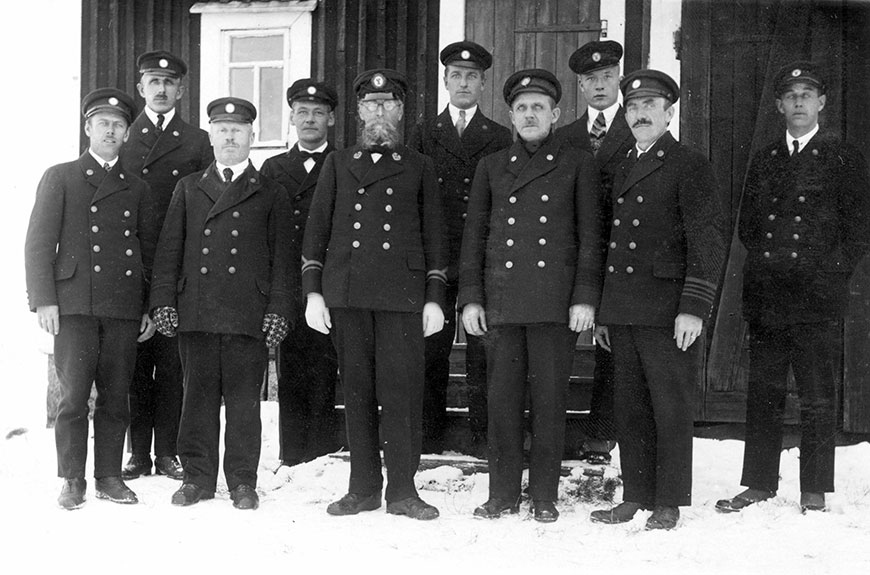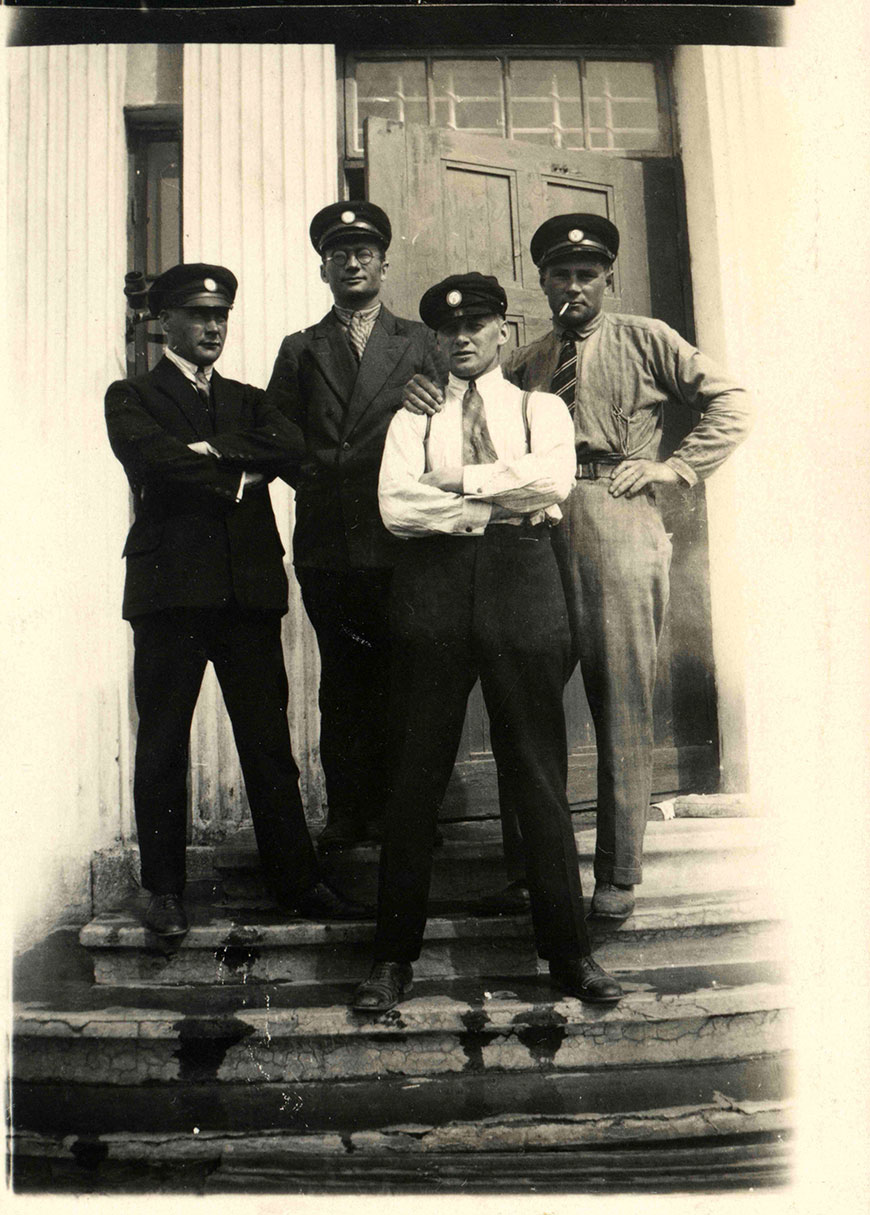History of Finnish Customs: Finland’s independence
When Finland gained independence, the fledgling state faced many difficulties, but nevertheless had an advantage; already existing customs borders and a customs administration. Inititally, the Finnish customs service did not undergo any major re-arrangements. However, its role was in a state of change, as Finland’s public administration was finding its place in the new set of circumstances. At first, the customs service renewed its uniforms and insignia. Reforms of customs legislation and tariffs were completed just before the Winter War in 1939.
The levying of customs duties and indirect taxation were developed in the 1920s and 1930s. Since 1919 till the end of 1936, the customs service was also responsible for excise taxation. The Finnish Government had the power to raise the amount of customs duties up to four times without consent from the Parliament. Customs duties were of great importance for the public economy. Customs duties and customs benefits comprised an important instrument to the State in terms of fiscal affairs and financial policy.
Customs ended its activity as the authority supervising territorial waters in 1930, at which time the Sea Guard was founded. In 1936, the Border Guard took complete control of Finland’s eastern border. Customs supervised only the western land border, as well as ships that arrived in ports, and their cargos. Since 1928, international flight traffic also fell under the scope of customs enforcement.
With the 1930s depression, am even more complex regulation of foreign than before trade took hold. A difficult matter to supervise were also clearing agreements that Finland entered into in the 1930s with several countries. Customs was entrusted with recording the amounts of currency in connection with import and export. Supervision of the origin of goods was also required for bilateral trade agreements.



